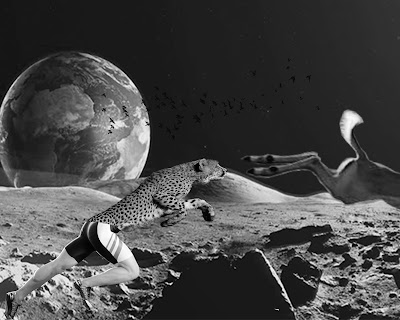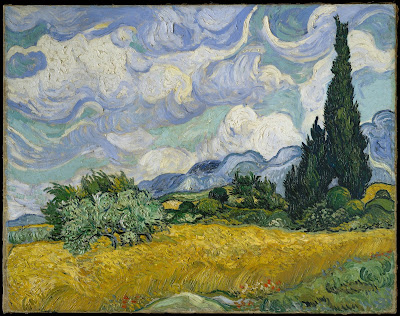Art is a diverse range of activities that express artist’s imaginative and emotional power. Art can be existing in many different forms such as painting, sculpture, music, drama, earthwork, metal work, graphic, illustration, photography, printmaking, sand art and such. Graffiti art is a form of a contemporary visual art that started in east cost American cities during late 1960’s. Graffiti art often refers as decorative imagery on a public urban environment. Graffiti artists make their artwork using spray paint, color markers, spray cans, stickers and industrial paints. Graffiti art is considered as vandalism and punishable as a criminal offense because of its nature. The documentary film called “Exit through the Gift Shop” is about Los Angeles based Frenchman, Thierry Guetta, who was obsessed with filming, and his journey to becoming an artist. Thierry Guetta’s obsession of filming made him to carry his camera everywhere and video tape everything. After watching his cousin, street artist knows as Invader, doing a street artwork, he got an idea to video tape underground street art movement. He has been filming and helping various street artists such as Zeus, Invader, Seizer, and shepherd Fairey. Then eventually he met the street art icon, Banksy. Banksy who is a camera shy artist let Thierry record him and his work under his conditions. Banksy realized that Thierry is not a real filmmaker; he is maybe “someone with mental problems who happened to have a camera.” However, Banksy discovers that Thierry Guetta is a very interesting character and suggested him to make his own art. Later on Thierry became an artist and called himself Mr. Brainwash as known as MBW. He held a grand art exhibition at Los Angeles in 2008 which sold out thousands of dollars worth artwork. This documentary film end with Banksy questioning the blurred line between what real art is and what is not.
A piece of artwork is stand out from something else because of its ability to express feelings and emotion, change general perception and values and, begin a discussion regardless its form or material. For example, Banksy’s elephant artwork in his 2008 Los Angeles show which is a camouflaged live elephant along with the white card given to visitors that says “Elephant in the room. The problem that we never talk about” represents the English language metaphorical idiom “elephant in the room.” Banksy’s this artwork supposed to symbolize how the problem of world poverty is ignored. However, according to the documentary film, American media could see only what right in front of them. The “Death of a Telephone booth” was a Banksy’s public installation which done in Soho, London 2008. The red telephone booth was crooked and had an axe attached to its middle area looks like somebody attach the telephone booth. Red painting drip from where the axe hit the telephone booth. People assume that this artwork represents the death of the telephone communication. Banksy’s this artwork established a conversation in two group of people; people who were amazed by the artwork and others who consider this as an act of vandalism.












